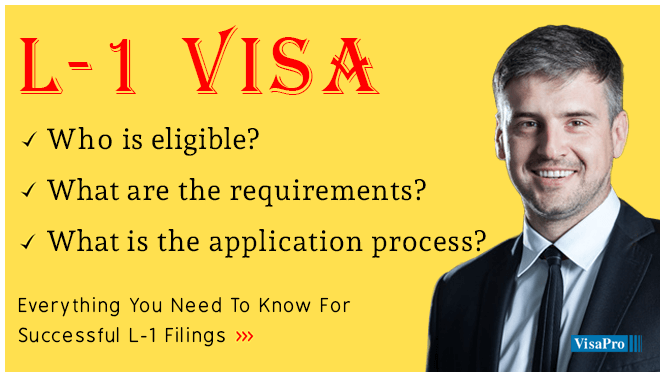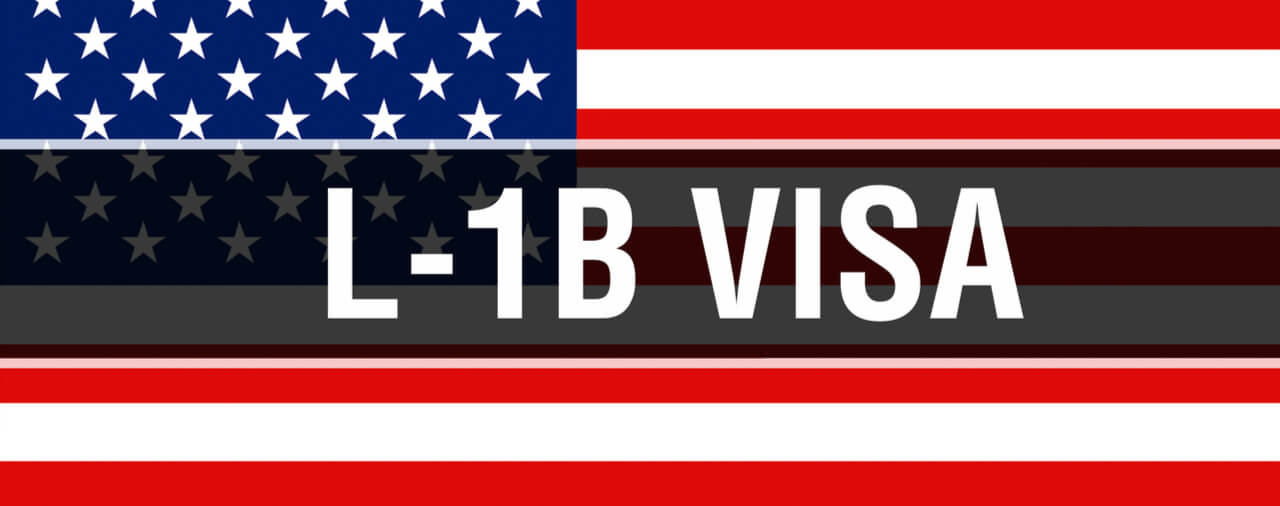Apply for L1 Visa
What Does L1 Visa Do?
Table of Contents8 Easy Facts About L1 Visa ExplainedSome Known Details About L1 Visa The Ultimate Guide To L1 VisaHow L1 Visa can Save You Time, Stress, and Money.The Single Strategy To Use For L1 VisaThe Definitive Guide for L1 Visa
Offered from ProQuest Dissertations & Theses Global; Social Scientific Research Costs Collection. (2074816399). (PDF). Congress. (PDF). DHS Workplace of the Examiner General. (PDF). (PDF). "Nonimmigrant Visa Stats". Obtained 2023-03-26. Department of Homeland Safety Workplace of the Inspector General, "Review of Vulnerabilities and Potential Abuses of the L-1 Visa Program," "A Mainframe-Size Visa Technicality".
U.S. Department of State. Gotten 22 August 2016. "Workers paid $1.21 an hour to set up Fremont technology company's computers". The Mercury News. 2014-10-22. Obtained 2023-02-08. Costa, Daniel (November 11, 2014). "Obscure momentary visas for international technology workers depress incomes". Capital. Tamen, Joan Fleischer (August 10, 2013). "Visa Owners Change Employees".
Not known Details About L1 Visa
In order to be eligible for the L-1 visa, the international business abroad where the Recipient was employed and the united state company should have a certifying relationship at the time of the transfer. The various kinds of qualifying relationships are: 1. Parent-Subsidiary: The Moms and dad suggests a firm, corporation, or various other legal entity which has subsidiaries that it owns and manages."Subsidiary" suggests a firm, firm, or various other lawful entity of which a moms and dad owns, directly or indirectly, more than 50% of the entity, OR has less than 50% yet has management control of the entity.
Instance 1: Firm A is integrated in France and uses the Recipient. Company B is included in the U.S. and intends to seek the Beneficiary. Business A possesses 100% of the shares of Business B.Company A is the Parent and Business B is a subsidiary. Therefore there is a qualifying partnership in between the two firms and Business B should have the ability to sponsor the Beneficiary.
Firm A possesses 40% of Business B. The staying 60% is possessed and managed by Business C, which has no relationship to Business A.Since Company A and B do not have a parent-subsidiary partnership, Firm A can not sponsor the Beneficiary for L-1.
Business A possesses 40% of Company B. The continuing to be 60% is had by Firm C, which has no relation to Business A. Nevertheless, Business A, by official agreement, controls and full takes care of Firm B.Since Business A has much less than 50% of Company B yet handles and manages the business, there is a qualifying parent-subsidiary partnership and Firm A can sponsor the Recipient for L-1.
Some Ideas on L1 Visa You Should Know
Affiliate: An associate is 1 of 2 subsidiaries thar are both had and regulated by the very same moms and dad or person, or owned and controlled by the exact same group of individuals, in basically the same proportions. a. Instance 1: Firm A is incorporated in Ghana and employs the Beneficiary. Company B is incorporated in the U.S.
Company C, likewise integrated in Ghana, owns 100% of Business A and 100% of Company B.Therefore, Company A and Firm B are "affiliates" or sister companies and a certifying partnership exists between the two companies. Firm B need to have the ability to sponsor the Beneficiary. b. Example 2: Company A is integrated in the united state
Firm A is 60% possessed by Mrs. Smith, 20% had by Mr. Doe, and 20% owned by Ms. Brown. Firm B is integrated in Colombia and presently utilizes the Beneficiary. Firm B is 65% had by L1 Visa process Mrs. Smith, 15% owned by Mr. Doe, and 20% owned by Ms. Brown. Business A and Business B are associates and have a qualifying connection in two various methods: Mrs.
The L-1 visa is an employment-based visa group developed by Congress in 1970, permitting international business to transfer their managers, executives, or key personnel to their united state procedures. It is typically referred to as the intracompany transferee visa. There are two primary types of L-1 visas: L-1A and L-1B. These types appropriate for employees hired in various placements within a firm.

Additionally, the recipient has to have operated in a supervisory, executive, or specialized staff member setting for one year within the three years coming before the L-1A find out more application in the foreign firm. For brand-new workplace applications, international employment has to have been in a managerial or executive capacity if the recipient is coming to the United States to function as a manager or executive.
An Unbiased View of L1 Visa

If provided for an U.S. business functional for more than one year, the first L-1B visa is for up to three years and can be extended for an extra two years (L1 Visa). On the other hand, if the united state firm is newly developed or has actually been functional for less than one year, the initial L-1B L1 Visa law firm visa is issued for one year, with extensions readily available in two-year increments
The L-1 visa is an employment-based visa category developed by Congress in 1970, enabling international business to transfer their managers, executives, or key personnel to their united state operations. It is frequently described as the intracompany transferee visa. There are 2 main sorts of L-1 visas: L-1A and L-1B. These types appropriate for staff members hired in different positions within a company.
The Definitive Guide to L1 Visa
Furthermore, the recipient should have operated in a supervisory, executive, or specialized staff member setting for one year within the 3 years coming before the L-1A application in the foreign firm. For brand-new office applications, foreign work has to have been in a managerial or executive ability if the recipient is involving the USA to work as a supervisor or exec.
for as much as seven years to look after the procedures of the united state affiliate as an exec or manager. If released for a united state firm that has been functional for greater than one year, the L-1A visa is originally granted for approximately three years and can be prolonged in two-year increments.
If approved for an U.S. business functional for even more than one year, the preliminary L-1B visa is for approximately three years and can be expanded for an additional two years. On the other hand, if the U.S. business is recently established or has been operational for less than one year, the initial L-1B visa is provided for one year, with expansions readily available in two-year increments.